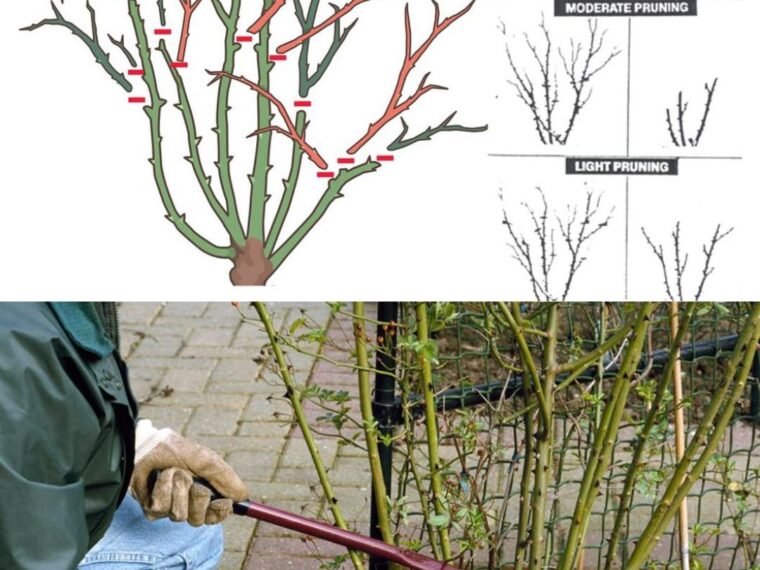For rose enthusiasts, few things bring greater joy than witnessing a profusion of beautiful blooms adorning their bushes. But achieving this floral extravaganza requires a crucial step: pruning. While the idea of wielding shears on your precious roses might seem counterintuitive, proper pruning is essential for maintaining their health, encouraging vigorous growth, and ultimately, ensuring a bountiful harvest of blooms.
This article delves into the world of rose pruning, dispelling the fear of the unknown and transforming it into a process filled with confidence and reward. We’ll explore the benefits of pruning, the ideal timing, and a step-by-step guide to ensure your roses thrive and become the envy of your neighborhood.
The Magic of Pruning: Why Your Roses Will Thank You
Pruning your roses goes far beyond simply trimming them back. It’s a strategic intervention that invigorates the plant in several ways:
- Encourages New Growth: By removing old or unproductive canes, you make way for vigorous new shoots to emerge. These new shoots are the powerhouses of bloom production, ensuring a fresh flush of flowers throughout the season.
- Improves Air Circulation: Dense rose bushes can trap moisture and create a breeding ground for disease. Pruning opens up the center of the plant, allowing for better air circulation. This not only discourages fungal diseases but also aids in faster drying after rain or watering, further protecting your roses.
- Promotes Stronger Stems: Pruning redirects energy away from weak or unproductive canes and towards healthy ones. This results in stronger, more robust stems that can better support the weight of abundant blooms.
- Enhances Flower Quality: By focusing the plant’s energy on fewer stems, you encourage it to produce larger, more vibrant flowers. This not only increases the visual impact of your roses, but can also extend their bloom time.
When to Prune: Understanding the Rhythm of Your Roses
The timing of your pruning efforts plays a crucial role in maximizing the benefits. Here’s a breakdown of the ideal pruning window depending on your climate:
- Temperate Climates (Zones 5-7): In these regions, late winter or early spring, just before new growth begins (typically February to March), is the prime pruning time. This allows the roses to heal from cuts before putting on new growth.
- Warm Climates (Zones 8-10): Roses in warmer zones can benefit from a lighter pruning in late winter, followed by a more substantial pruning after the first flush of blooms in late spring or early summer.
- Cold Climates (Zones 3-4): In colder regions, wait until the threat of harsh winter frosts has passed (usually around late March or April) before pruning.
Remember: These are general guidelines. Always consider your specific climate and the variety of roses you’re growing for the most accurate timing.
Click page 2 to find the guide





